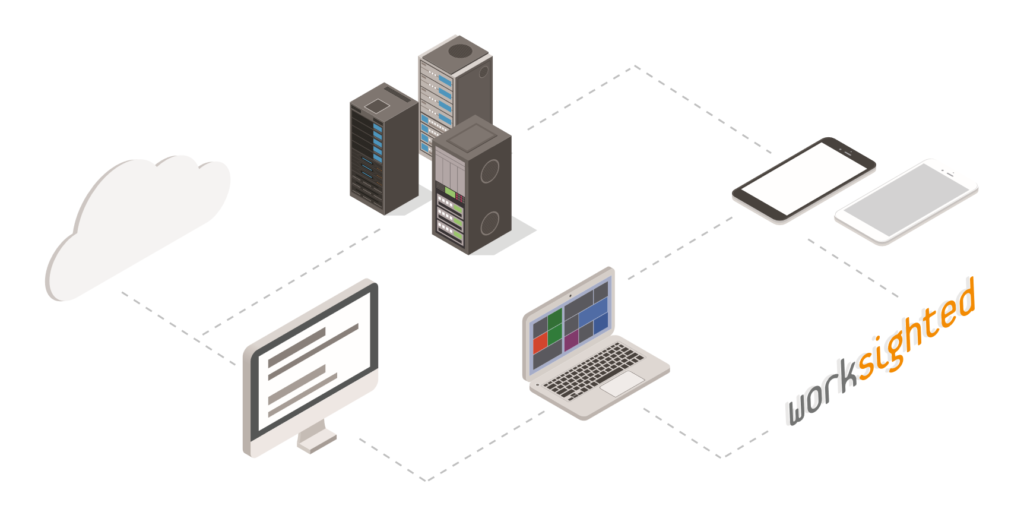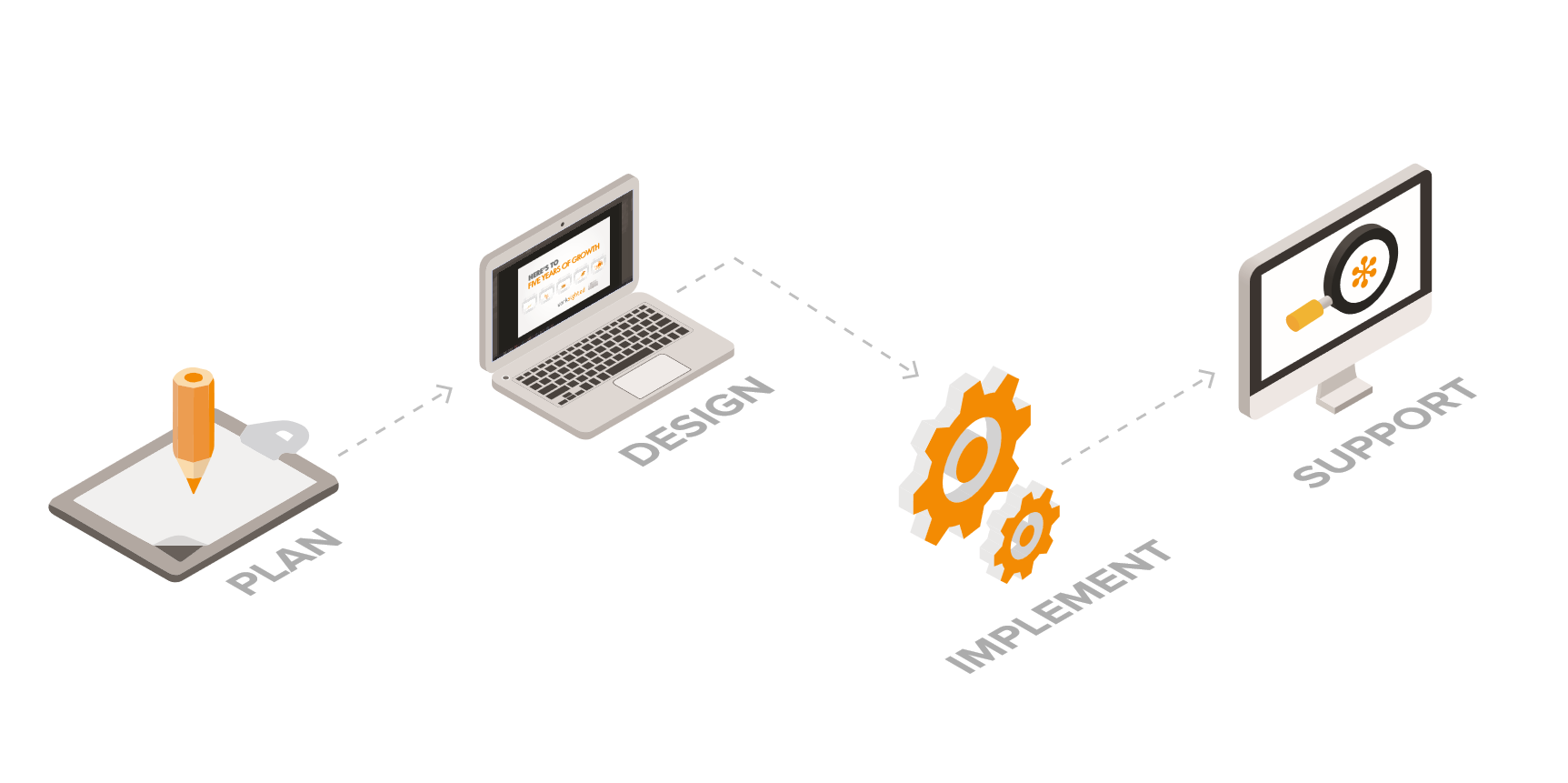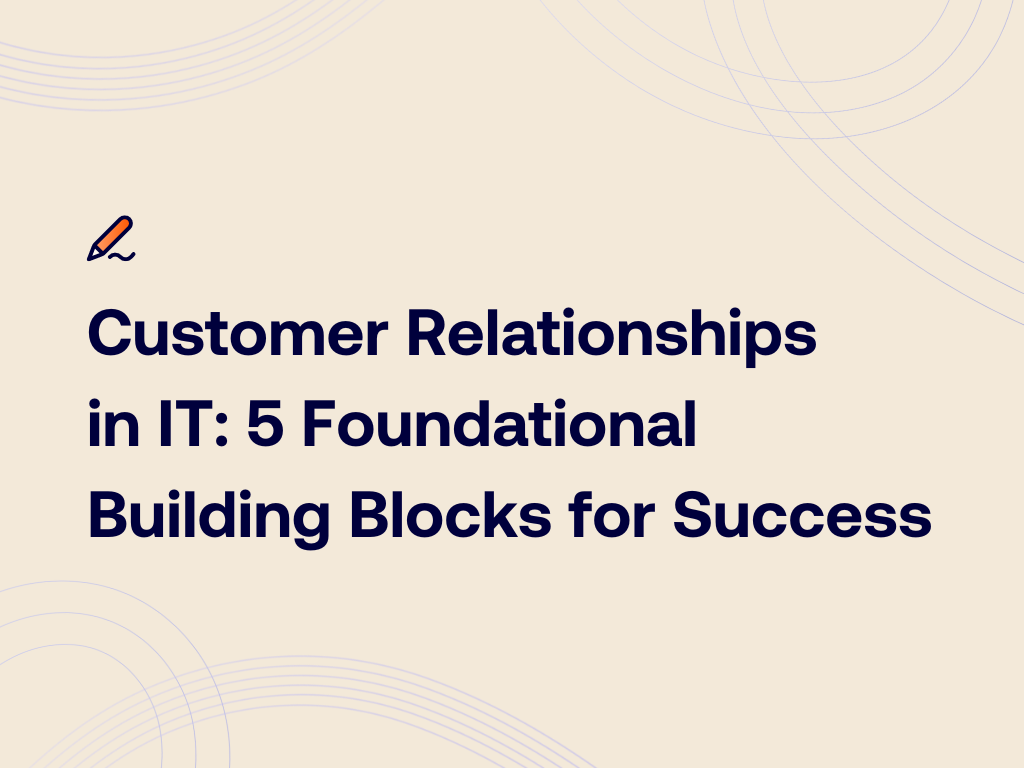Clearing the Fog from the Cloud
You’ve surely heard about the much-hyped idea of cloud computing—and whether you know it or not, you’re probably already using it. Web mail, Facebook, and Instagram are all popular examples of cloud computing, as are more business-focused services like Salesforce.com and Microsoft Office 365.
The basic idea behind cloud computing is that your data is stored on a computer that you do not own, manage, or maintain. This lets you focus on doing your job instead of worrying about keeping your systems running smoothly. It’s also cheaper—since you typically rent access to the systems for a monthly or annual fee that’s often quite competitive—and more flexible, since cloud services can be accessed via any Web browser and most also offer mobile apps as well.
Public: Putting It All Out There
Your employees are almost certainly already running “public cloud” services on their phones and computers, whether they be cloud storage services like Dropbox or photo-sharing services like Flickr. These types of services are called Software as a Service (SaaS); other Platform as a Service (PaaS) offerings, from the likes of Amazon Web Services and Microsoft, offer higher-end environments that run your company servers on their systems.
The flexibility of cloud services has changed the computing world—and quickly. Yet cloud’s ubiquity and ease of use has created problems, as the lines between personal and business are blurred and “shadow IT”—unsanctioned and unmonitored business use of public cloud services by employees—becomes common.
Without oversight, companies have no way of stopping or even knowing if sensitive corporate data gets out of their control. Employees are just trying to do their job better, but that will be little consolation if next year’s budget spreadsheets end up on the Web for competitors to see.
Hybrid: the In-between Approach
In spite of the benefits of cloud computing, there are some circumstances in which companies may still want to keep data in-house—for example, to comply with industry regulations around the handling of sensitive data, due to concerns about cloud security, or because of regulatory restrictions that prohibit storing company data in overseas cloud systems.
As a result, few organizations have committed to the cloud 100 percent. Instead, most are pursuing so-called “hybrid” strategies that combine specific cloud services—often business systems such as customer relationship management (CRM) or human resources (HR)—with conventional on-premises systems that are owned and run by in-house technical staff.
This approach complicates things somewhat because it means that businesses must keep track of two different types of computing environments. Yet new tools are bridging on-premises and off-premises cloud services, making it easy to track and secure data as it moves around the new computing environment. Most companies will use the hybrid cloud model for some time to come.
Private Cloud: Reinventing the Business
While many companies are searching for the best approach to upgrading their applications to take advantage of the cloud, others are using cloud computing’s ascension as an opportunity to rework the way they deliver applications to their own employees.
In the “private cloud” model, businesses effectively set up their own cloud-computing providers, running cloud services inside their network. These providers run applications on behalf of various business units, with the idea being that it’s cheaper and easier to centralize computing than it is to have each department run its own IT as in the past.
Building private cloud services requires a massive amount of effort, since it often involves upgrading old applications and moving large quantities of data into the new environment. Yet many businesses are also using the private cloud to offer entirely new services to business partners and customers. For example, a bank might run an application for finance brokers on its private cloud, giving them direct access to relevant banking systems.
Private cloud services also let banks connect their applications with those of other software providers using application programming interfaces (APIs) that let third parties easily access cloud services offering specific functions. A simple example might be an API that lets a third party retrieve current currency exchange information for use on their own website.
Less Nebulous Every Day
There’s no doubt about it: cloud computing is here to stay. And while it’s still not perfect—issues such as telecommunications outages, security, and data ownership are still worrying many would-be adopters—its many benefits have made it essential for every business.
Establishing a clear cloud strategy now will help every business modernize its systems in order to take on nimbler competitors today and stay relevant for evermore cloud-savvy customers in the future.
Need advice on preparing for your move to the cloud? Give us a call at (616) 546-2691 or drop us a line here.




